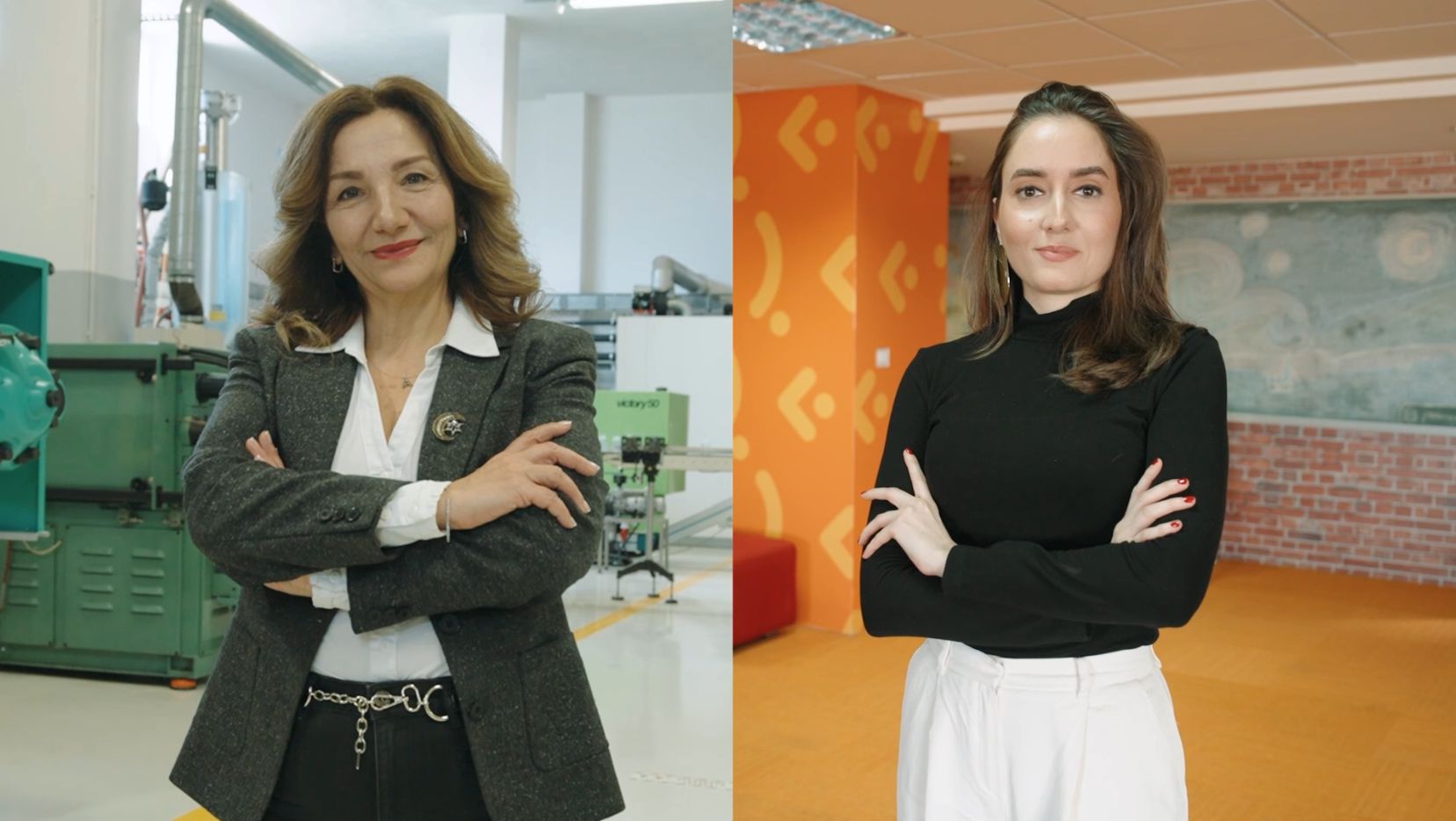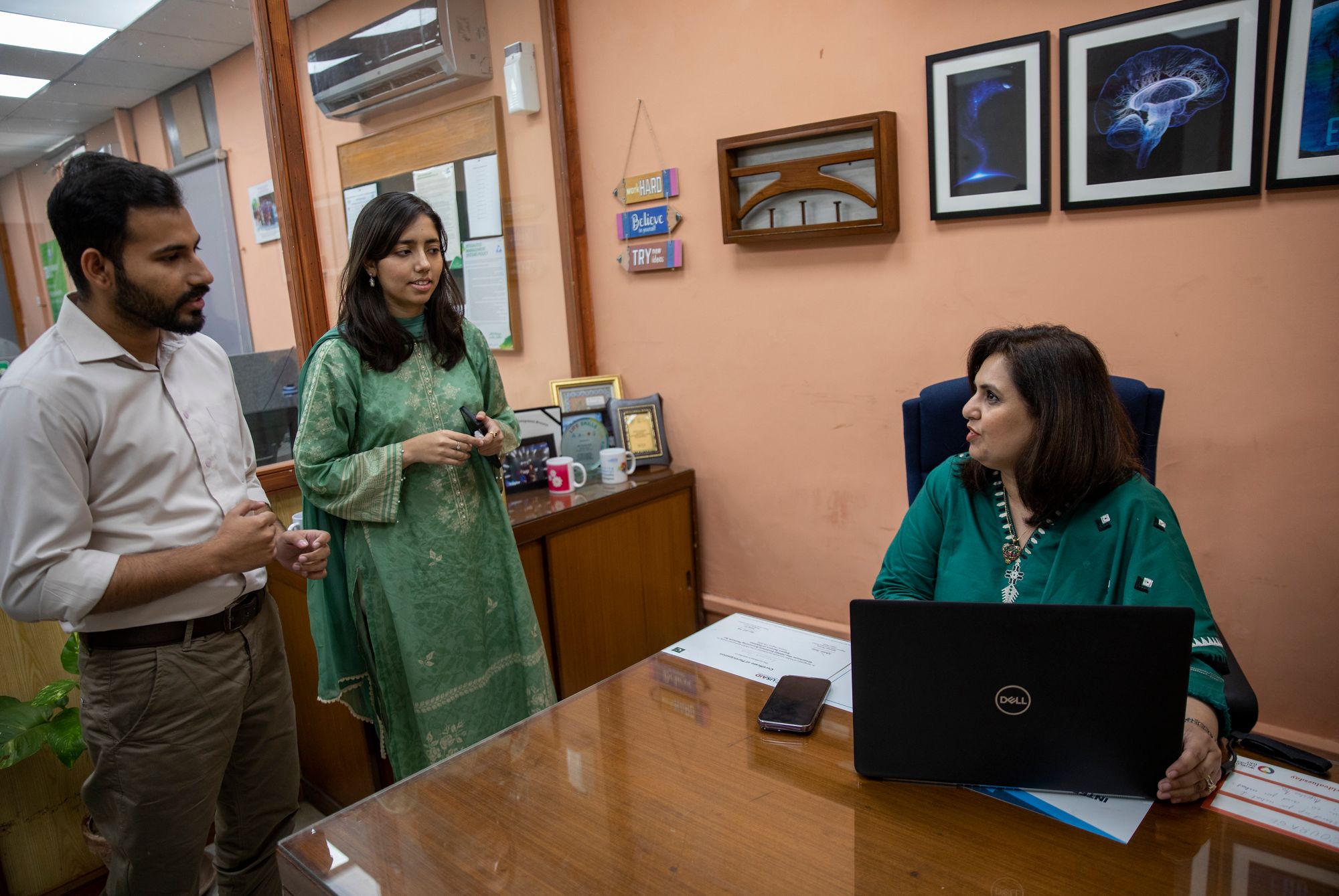At a Glance
- voluntary carbon markets remain largely untapped in many emerging economies, despite playing a role in curbing climate change while helping to build local capital markets for sustainable development.
- A Carbon Market Guidebook for Kenyan Enterprises offers practical advice for Kenyan companies on how to participate and turn credits into revenue.
-
32 percentKENYA'S EMISSION CUTTING TARGET BY 2030
-
11 MillionVOLUNTARY CARBON MARKET CREDITS RECEIVED IN KENYA IN 2022
By Roger Atwood
A section of the Paris climate agreement of 2015 calls for carbon credits. Millions of them have changed hands around the globe already.
Yet voluntary carbon markets, where companies can sell the credits they earn by removing or avoiding greenhouse emissions, remain largely untapped in many emerging economies, despite playing a role in curbing climate change while helping to build local capital markets for sustainable development.
In Kenya, already a global leader in clean energy, a private-sector alliance has been working to demystify and catalyze carbon credits and show businesses how to turn them into revenue while incentivizing more greenhouse gas reduction, supported by the World Bank Group.
So far, voluntary carbon markets have lagged in Africa due to a lack of up-to-date, publicly available information on how they work and, in some cases, a need for clearer regulatory frameworks.
In April, the Kenyan Private Sector Alliance (KEPSA) and the World Bank Group moved to address the first of those problems by developing “A Carbon Market Guidebook for Kenyan Enterprises,” with support from the WBG’s Climate Support Facility (CSF) Whole of Economy Program and the Joint Capital Markets Program (J-CAP), which provided advisory and funding support for the report.
Written in plain language and available online to give it the widest-possible impact, the comprehensive guidebook offers practical advice for Kenyan companies on how to participate in voluntary carbon markets and turn credits into revenue.
Kenya later issued new government regulations setting clear parameters on voluntary carbon trading and stating plans to create a National Carbon Registry. The registry would act as an accounting tool to document Kenya’s verified carbon credits and emission reductions under Article 6 of the Paris Agreement – which requires states to adopt robust accounting to prevent double-counting of voluntary steps to reduce carbon emissions.
Although still new, the guidebook could have a big impact for Kenyan enterprises seeking to monetize their carbon cuts, said Jackson Koimbori, KEPSA Senior Circular Economy and Climate Change Coordinator. The guidebook shows businesses how to develop carbon projects and turn carbon offsets into financing– useful advice in a country facing economic headwinds and where bank credit tends to be scarce and expensive.
“Businesses are looking at carbon credits as a financing mechanism that does not require collateral, unlike in the traditional financial system,” said Koimbori. “They are a green instrument that businesses are learning to access.”
Written with Kenyan enterprises in mind, the guidebook offers a complete tour across the how-and-why of carbon markets that has nonetheless proved useful to companies and industries elsewhere in Africa. KEPSA has been in contact with a business group in neighboring Ethiopia seeking to develop carbon finance there, and the guide could benefit small- and medium sized firms that might otherwise lack the knowhow to use carbon credits, said Koimbori.
 Jackson Koimbori, KEPSA Senior Circular Economy and Climate Change Coordinator. Photo: KEPSA.
Jackson Koimbori, KEPSA Senior Circular Economy and Climate Change Coordinator. Photo: KEPSA.
On course to reach its goal of cutting emissions by 32 percent by 2030 under the terms of the 2015 Paris accord, and with an impressive array of wind and solar projects and a growing fleet of EV buses in its capital Nairobi, Kenya has also become a leader in African climate finance. Its public and private enterprises received 11 million voluntary carbon market credits in 2022, second only to the Democratic Republic of the Congo, whose 24 million credits were achieved mainly through avoidance of emissions by dint of its vast forests.
In Kenya, voluntary carbon credits have been concentrated in nature-based, carbon removal projects, including in sustainable grassland management and forest regeneration, with a growing role for household and community-based credits from the sale of more energy-efficient cookstoves. Kenya’s tech-based and transport firms are also growing carbon-credit players.
Each time a company reduces its carbon dioxide equivalent from the atmosphere by one metric ton, as verified by selected independent certification bodies, it gains a carbon credit that it can then sell on a trading platform, where buyers can buy and use credits to offset their own emissions.
“The idea behind the report was to take a topic that people find complex or difficult to understand and show them it’s not rocket science,” said Isfandyar Zaman Khan, a Nairobi-based Lead Financial Sector Specialist for the World Bank and co-author of the guidebook.
Carbon markets seek to incentivize the removal of carbon from the atmosphere or avoidance of production of carbon in the first place. The report shows how companies can make that process part of their business for the long term, said Khan. “It is nice to do something good for the climate, but unless it's a win-win for everybody – the climate, the company and everybody else involved – it’s not going to be sustainable,” he said.
 Isfandyar Zaman Khan, Lead Financial Sector Specialist for the World Bank. Photo: ACRIS.
Isfandyar Zaman Khan, Lead Financial Sector Specialist for the World Bank. Photo: ACRIS.
As the benefits of carbon finance have come into focus, so have the obstacles. Companies need upfront financing to make the investments needed to lower their emissions, a challenge in countries with tight credit markets such as Kenya, said Rachel Chi Kiu Mok, a World Bank Financial Sector Specialist and co-author of the guidebook. “Going into carbon markets requires knowledge, and companies should be aware of the risks and challenges,” she said.
At present, Kenyan companies seeking to sell carbon offsets must go through a private broker who obtains the all-important certification from an international verification body or government. Some African governments have reached bilateral climate agreements with other states that allow companies in those countries to bypass brokers; the governments of Kenya and Switzerland have said their own deal is in the works. Such agreements are contemplated under the Paris agreement for “internationally transferred mitigation outcomes,” or ITMOs, which are essentially carbon credits when exchanged government-to-government.
Eventually, carbon credits could be bought and sold like other financial instruments on local-currency capital markets in Kenya, said Khan. A local, secondary market in carbon credits would require stringent reporting requirements, a higher degree of market transparency than currently exists, and potentially a new regulatory framework, a process that could take three to five years, he said.
J-CAP, a joint initiative of the World Bank and IFC to build well-regulated, local-currency capital markets in Kenya and other target countries, supports development of local voluntary carbon markets as part of an overall strategy to channel private sector capital toward meeting national climate goals and financing sustainable development. In Kenya, J-CAP’s work is supported currently by the governments of Germany and Norway.
The Kenyan private sector has already made significant investments in clean energy, said Koimbori. About 90 percent of Kenya’s electricity generation is renewable -- wind, solar, hydro, biomass, and geothermal.
“Our carbon emissions are minimal,” said Koimbori. “So when you're talking about impacts of climate change, we are the ones suffering the most, yet we are contributing the least.”



